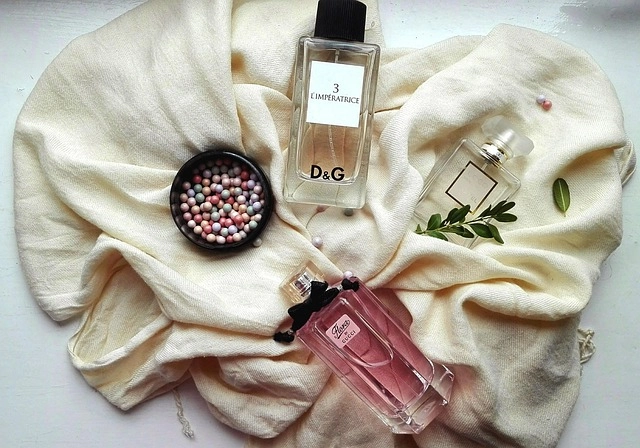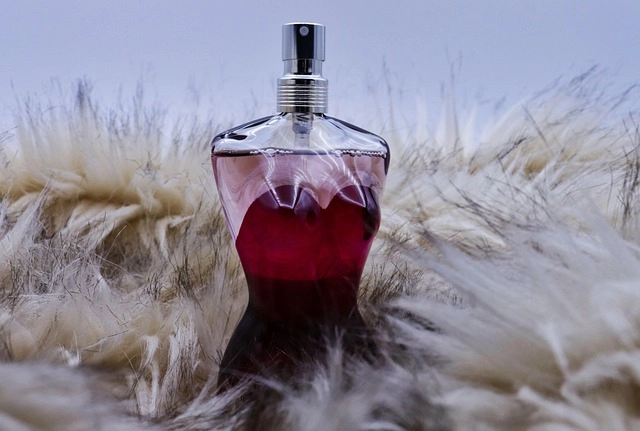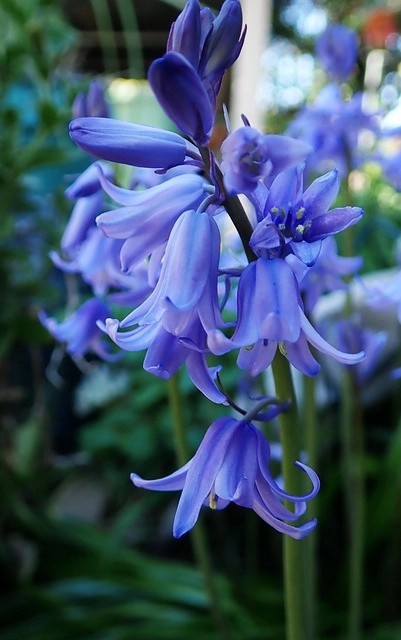Chanel Perfume seamlessly blends natural essential oils with carefully crafted synthetic notes to create iconic fragrances. While organic ingredients form the base, synthetics like labdanum and musks add distinct aromas, complexity, and extended wear, defining Chanel's signature style. Experts identify these syntheses through intensity, longevity, and artificial undertones. The fusion of natural and synthetic elevates the Chanel fragrance experience, making each scent unique and memorable.
Can a scent be both luxurious and eco-conscious? The debate between natural and synthetic fragrances is a delicate dance. This article explores the nuances, focusing on the iconic Chanel Perfume as a case study. We’ll dissect how perfumers craft scents, uncovering the secrets behind ‘natural’ versus ‘synthetic.’ From understanding raw materials to detecting artificial notes, it’s time to sniff out the truth and decide if a fragrance can truly be authentic.
- Understanding Natural vs Synthetic Scents
- Chanel Perfume: A Natural Fragrance?
- Detecting Synthetic Notes in Perfumes
- The Impact of Source Materials on Scent
Understanding Natural vs Synthetic Scents

The distinction between natural and synthetic scents is a crucial aspect often overlooked when evaluating fragrances, especially in the realm of high-end perfumes like Chanel. Natural scents are derived from essential oils extracted from plants, flowers, fruits, and spices. These ingredients are carefully sourced and distilled to capture the essence of their source, resulting in a complex blend that evokes the unique characteristics of each natural element. On the other hand, synthetic scents are created in a laboratory by skilled perfumers who meticulously mix various chemical compounds to mimic or create entirely new olfactory experiences.
While Chanel is renowned for its exquisite fragrances, such as iconic Chanel Perfume and its counterpart Chanel Cologne, understanding the source of their scents reveals a fascinating journey. The brand often balances natural and synthetic notes to achieve a harmonious aroma that resonates with wearers. By embracing both traditional methods and innovative chemistry, Chanel exemplifies the art of perfumery, ensuring each scent is not only captivating but also uniquely expressive of its natural or synthetic origins.
Chanel Perfume: A Natural Fragrance?

Chanel Perfume, renowned for its elegant bottles and iconic fragrances, has captivated noses worldwide. But is it truly a natural scent? At first glance, many would assume Chanel’s perfumes are crafted from organic, natural ingredients due to their sophisticated image and historical association with French luxury. However, the reality of perfumery reveals a more complex story. While Chanel does source some natural elements like essential oils, the heart of their fragrances often relies on synthetic compounds.
These synthetics play a crucial role in creating distinctive notes and enhancing the longevity of the scent. Chanel Cologne, for instance, might feature a base of synthetic musks, which contribute to its rich, warm undertones and prolonged stay on the skin. This balance between natural extracts and carefully crafted synthetics defines the unique character of each Chanel fragrance, making them desired by folks seeking both quality and sophistication in their perfumes.
Detecting Synthetic Notes in Perfumes

Detecting synthetic notes in perfumes, especially from renowned brands like Chanel, is an art that many enthusiasts and experts have refined over time. While natural ingredients form the core of fine fragrances, certain artificial compounds are often added to enhance or replicate specific scents. In the case of Chanel Perfume, a close inspection reveals a delicate balance between organic essences and carefully selected synthetic notes.
One common synthetic ingredient, often used in Chanel Cologne, is labdanum, which offers a warm, woody aroma. Others include synthetic versions of natural oils, meticulously crafted to mimic the nuances of rare floral or citrus scents. Experts can identify these synthetic elements by their distinct characteristics: a more consistent intensity, an extended longevity on the skin, and sometimes a slightly artificial undertone when compared to their natural counterparts. However, when used skillfully, these syntheses elevate the overall fragrance experience, making each Chanel scent unique and memorable.
The Impact of Source Materials on Scent

The essence of a fragrance, whether it evokes a sense of natural freshness or an artificial aroma, is deeply tied to its source materials. When it comes to luxury fragrances like Chanel Perfume, the scent’s authenticity and quality are intimately linked to the ingredients used. Natural extracts from flowers, fruits, and spices offer a vibrant, organic aroma, while synthetic compounds mimic these scents with varying degrees of success.
For instance, Chanel Cologne often relies on a blend of both natural and synthetically produced notes. While natural ingredients like lavender and bergamot provide a fresh, invigorating base, synthetic elements can enhance specific olfactory dimensions, creating a complex and distinctive scent profile. This fusion of source materials allows perfumers to craft fragrances that not only capture the essence of their inspiration but also offer a unique twist, making each Chanel creation instantly recognizable.






